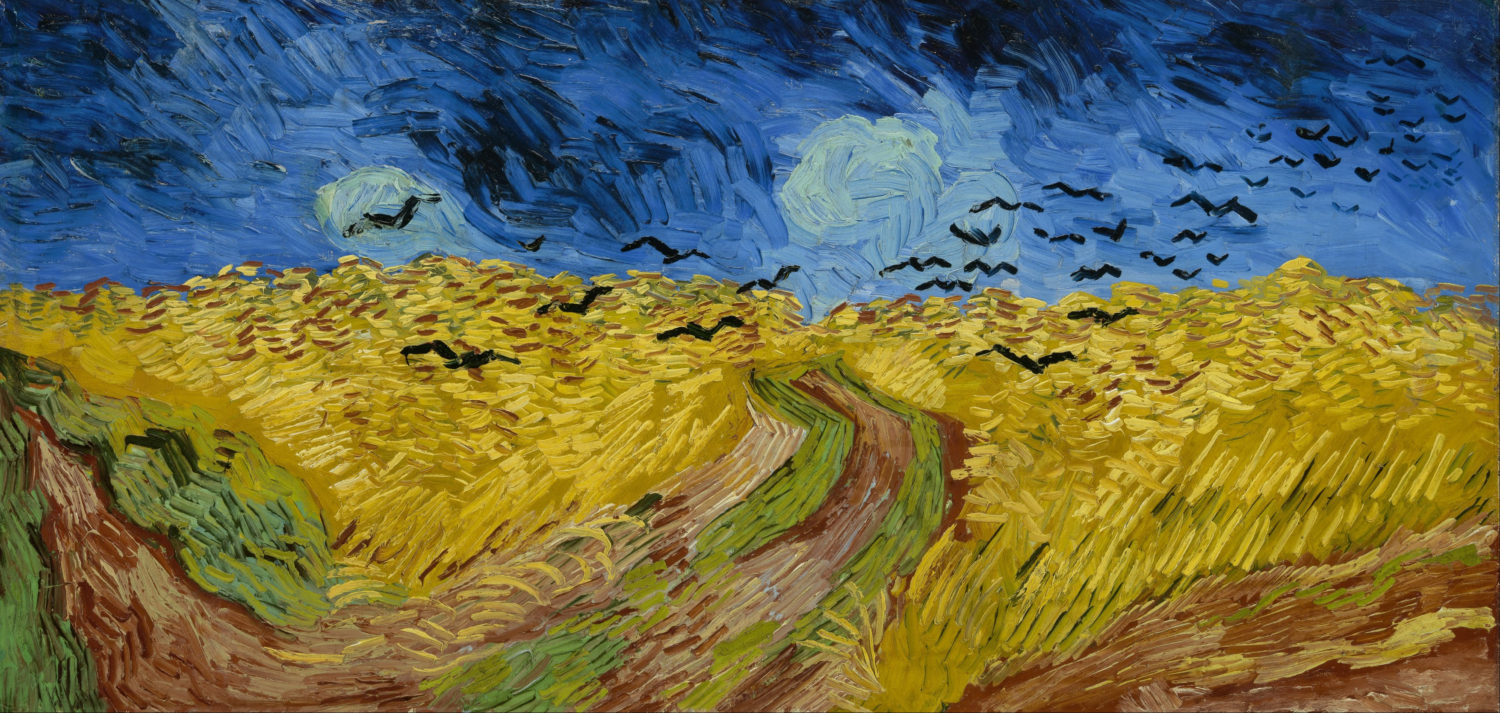
You probably haven’t heard of Francesco Squarcione, but he is well worth knowing about. Born in Padua in 1395 he was a member of the painters guild by 1423. Considering that Masaccio’s frescoes in the Brancacci Chapel were painted in 1426/7 you can see that this was the very beginning of the Renaissance.
Squarcione was obsessed with antiquity, with the art of ancient Greece and Rome, and he built a substantial collection of statuary, both original and plaster casts and of drawings, it is thought that he even traveled to Greece in his quests. As an artist he was one of the very first to master linear perspective and recession, in which skills he was considered expert.
But it is not as a painter that he made his mark on history, it was as a teacher. He set up a school for artists in about 1440 and one sixteenth century writer said he had 137 pupils. Certainly this school became famous in Italy and he trained many famous artists such as Niccolo Pizzolo (1421-53), Cosimo Tura (1430-95), Marco Zoppo (1433-98), Carlo Crivelli (1435-95), and the Dalmatian Giorgio Schiavone (1433-1504). So he was responsible for the spread of the technique of perspective in Italy and thus in Western art. But there is something else of great importance. He trained his pupils by getting them to paint his historic artifacts. There were no life classes with nude models in those days. So they became painters of statues, not painters of real life. And this influence can be felt in art right through until today.
His most famous pupil was Andrea Mantegna (1431-1506), who also became an enthusiast for archaeology. Mantegna married the daughter of Jacopo Bellini and so was a brother in law to Giovanni and Gentile Bellini, the greatest Venetian painters of their time. This brought Squarcione’s teachings, via Mantegna, to the very heart of Venetian painting. Giovanni Bellini took on pupils and two of these would become the great masters Giorgione and Titian. Who then went on to be the major influence on Western art right through the Baroque and beyond. Velazquez and Rembrandt were great followers of Titian, for instance. And of course Squarcione’s methods also spread by the members of Mantegna’s workshop and through the work and workshops of all his other pupils. Mantegna’s workshop, in addition to their paintings, etched about 30 plates, so the prints spread far and wide.
So, given his importance to the history of Western art, why isn’t Squarcione better known? The first is that he was litigiously profligate, communicating with his ex pupils via lawyers, this made him very unpopular in his own time. The second reason is perhaps not unconnected with the first and that is that there is no great surviving body of his work, in fact we only have two of his paintings.
Below see Mantegna’s The Lamentation over the Dead Christ,Tempera on canvas, 68×81 cm, 1490 Pinacoteca di Brera, Milan. Which illustrates quite starkly what Squarcione taught.

